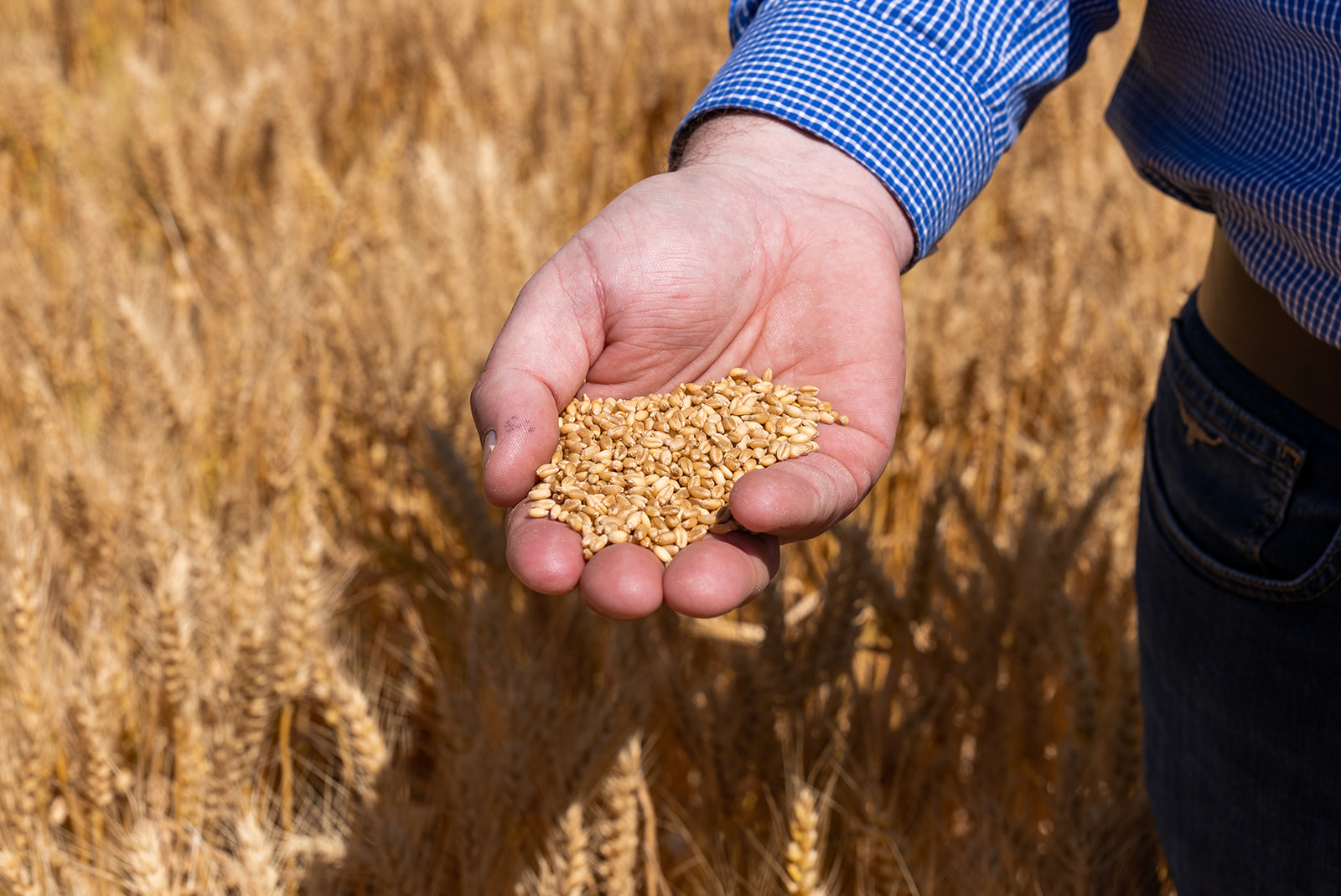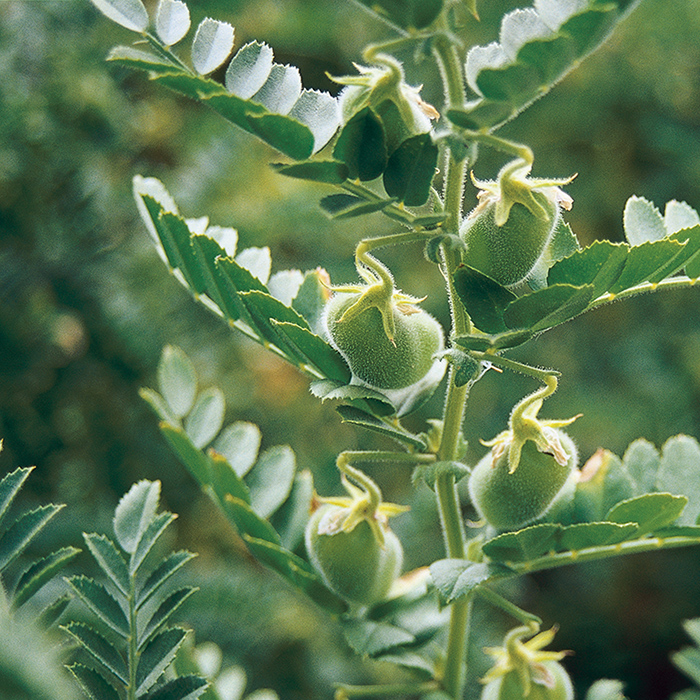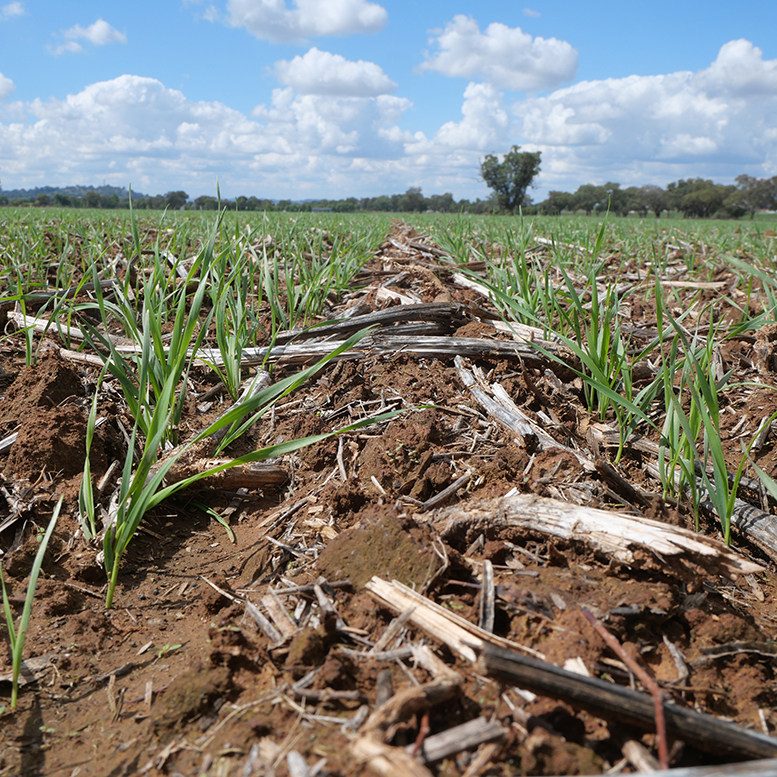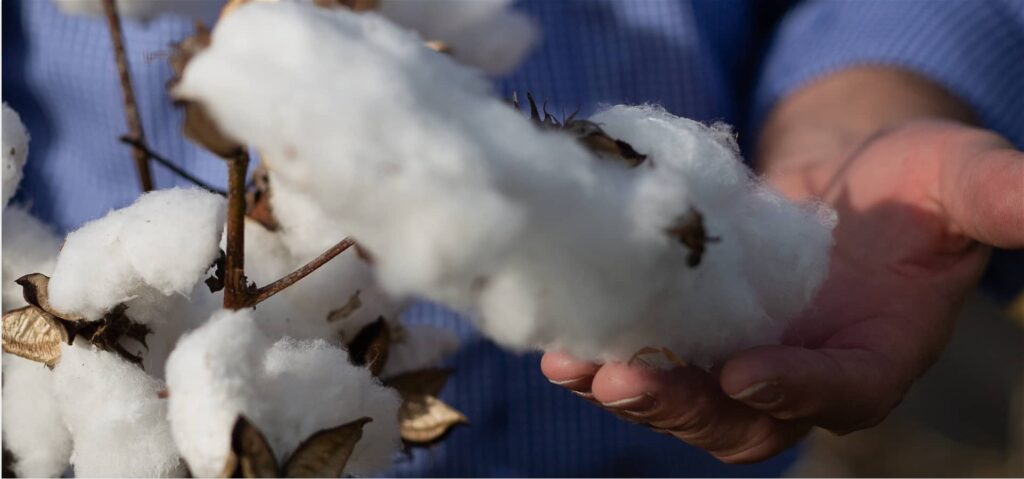Agronomic Insights

IPF Technical Agronomist – Bede O’Mara
During harvest, many growers are thinking about the season that was, whilst casting their minds forward to the next season or crop. Decisions made during the season and their influence on the results in the bin will determine if growers’ crop nutrition program has had success in this particular season type. This result will be notched up to experience, and potentially used in the future if the results are able to be recalled.
Nutrient Advantage grain testing
Short of experimental techniques to determine in-season the total plant (and root) nutrient content (via dry matter cuts and total nutrient content analysis) informing us of the total uptake required to grow your crop, grain nutrient removal is the next best thing to providing us a chance to measure our removal and inform us of our next nutrient addition.
Finding accurate and local nutrient removal figures representative of your crops, species and environment has been difficult. In the past, standardised national averaged removal tables have been used to estimate nutrient removal, but we know there is a large natural variation between paddocks, regions and farming systems.
Regular soil testing is still needed to see if soil nutrient levels are changing in response to application rates and to see where individual paddocks are sitting in relation to critical values. However, for situations as an example where paddocks are at optimal Colwell P levels and growers only want to replace the phosphorus removed at harvest, grain testing can be particularly valuable.
Another example is where nutrients in soil tests are deficient. The use of grain nutrient testing will quantify accurate nutrient removal from low fertility fields, informing advisors and growers of the additional nutrient required in addition to any capital nutrient rates that may need to be applied to soil to improve soil fertility (to cover grain removal plus build up soil test values). Note that this approach will see nutrient removal in grain tend to increase with increasing soil fertility, so grain testing should be performed over a few seasons until soil fertility and specific nutrients move in the optimal soil test zone.
If you haven’t tried it yet, it’s as simple as collecting 400 grams of seed off the header, putting it in a plant tissue test bag and submitting it to the Nutrient Advantage® laboratory under the code G1. The test is available for wheat, barley and other cereals, plus canola and pulse crops.
When you get the results back, they are presented in mg/kg or percentage terms, plus scaled up to ‘nutrient removed per tonne of grain’ for convenience. Multiply the nutrient removed per tonne of grain figure by the yield from the crop and you quickly see how much of the nutrient has been removed from the paddock. For wheat, the test also reports the levels of zinc and phosphorus per seed, as a guide to potential seedling vigour. Strong seed vigour has been found with greater than 500 nanograms of zinc per seed1 and 130 micrograms of phosphorus per seed2. Where wheat grain is below these benchmarks, growers may need to consider another seed source or additional fertiliser to support early growth. I think most growers would agree that it is better to know this sooner rather than later.
Step by step grain testing
1. Collect samples by paddock, crop or area as required.
2. Supply approximately 400 grams of threshed seed (no stalks), in a Nutrient Advantage plant tissue test bag.
3. Submit to the laboratory under the code G1. 4. Receive your report.
Your report will include
• Moisture percentage
• Nutrient results (in mg/kg or % units)
• Some important nutrient ratios
• 1000 grain weight (for wheat only)
• Seed zinc and phosphorus contents (for wheat only),
• Nutrient removal scaled up to 1 t/ha yield
Moisture percentage and 1000 grain weight are reported to allow an appropriate seeding rate to be accurately calculated.
Make grain testing a priority this harvest. It’s a simple and inexpensive way to get a head start on nutrient budgeting.
Further information
For more information, feel free to contact me at bede.o’mara@incitecpivot.com.au or 0417 896 377.
If plant sampling bags are required, contact Nutrient Advantage on 1800 803 453.
References
1. Rengel Z & Graham RD (1995) ‘Importance of seed Zn content for wheat growth on Zn-deficient soil’ Plant and Soil, 173: 259-266, 1995.
2. DG De Marco (1990) ‘Effect of seed weight, and seed phosphorus and nitrogen concentrations on the early growth of wheat seedlings’ Australian Journal of Experimental Agriculture, 30, 545-9, 1990.
DISCLAIMER
This is a guide only, which we hope you find useful as a general tool. While IPF has taken all reasonable care in the preparation of this guide, it should not be relied on as a substitute for tailored professional advice and IPF accepts no liability in connection with this guide. Incitec Pivot Fertilisers manufactures and sources fertilisers from other suppliers. The fertiliser supply chain extends beyond the company’s direct control, both overseas and within Australia. Incitec Pivot Fertilisers hereby expressly disclaims liability to any person, property or thing in respect of any of the consequences of anything done or omitted to be done by any person in reliance, whether wholly or in part, upon the whole or any part of the contents of this article.





